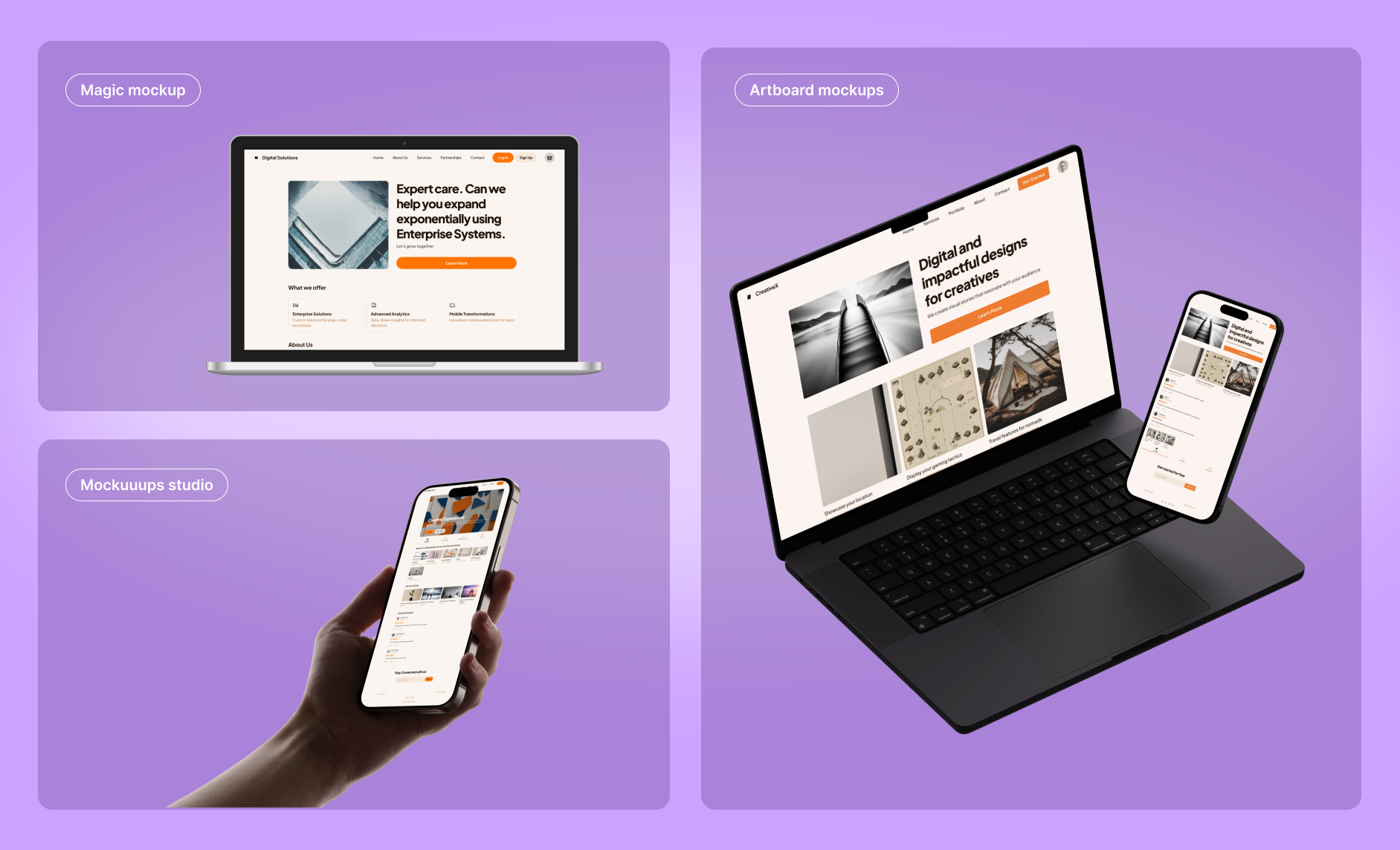Research | Design | AI Prompting
March 2024
UX Research, UI Design, Prompt expert
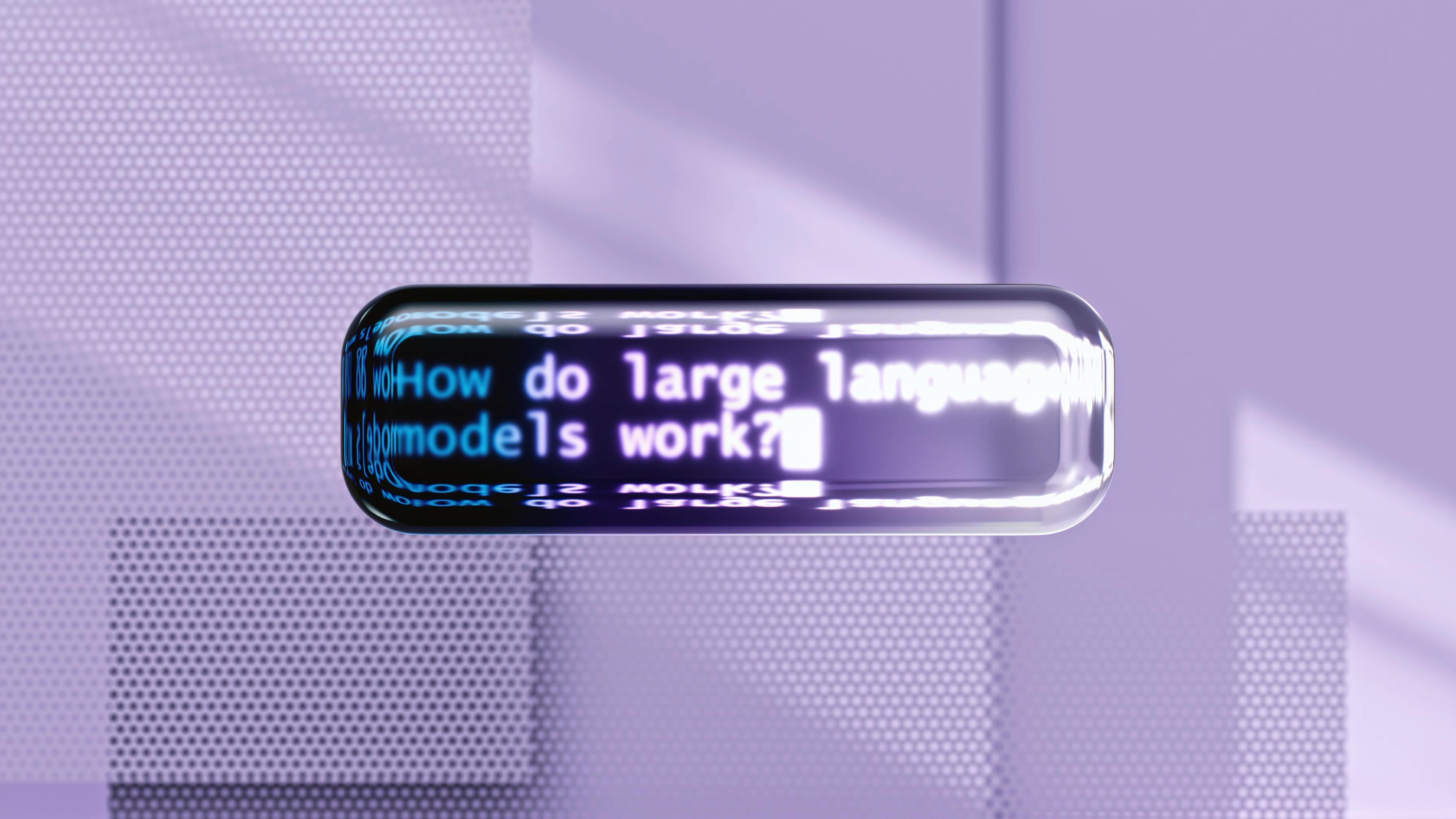
This research explores how AI can streamline UX design by automating tasks, analyzing data for better user experiences, and personalizing content. It showcases this with a high-fidelity webpage designed using a single prompt and AI tools. The project followed a process of analyzing AI design tools, using a prompt to generate a webpage layout with them, evaluating AI's impact on UX workflows (including automation, data insights, and personalization), exploring its benefits (efficiency, improved UX, and innovation), and finally providing a practical framework for integrating AI effectively (identifying automation tasks and maintaining data quality). By demonstrating the power of a single prompt and offering a practical framework, the project highlights AI's potential to transform UX design into a more efficient, data-driven, and user-centric process.
While AI offers exciting possibilities for UX design, some designers remain skeptical. The core challenge is finding the right balance between AI's analytical power and human creativity. AI excels at crunching data, but it can't replace the human touch that's key to understanding user needs. Additionally, complex AI systems can be confusing for users, and designers worry about explaining AI's role effectively. Finally, keeping up with the fast pace of AI can be a challenge for UX professionaL
This project proves how AI can improve UX design. We used a single prompt to create a high-quality webpage design with the help of different AI tools. We explored their strengths and weaknesses to bridge the gap between idea and user-friendly layout. While AI isn't perfect yet (limited creativity, data bias), we kept the human touch at the core. We showed how AI can boost efficiency, personalize experiences, and even spark innovation in UX design. This project goes beyond talk - it provides a practical guide for using AI effectively, including tips for automation and data quality. By understanding AI's potential, we can create a faster, data-driven, and user-centered design process for the future.
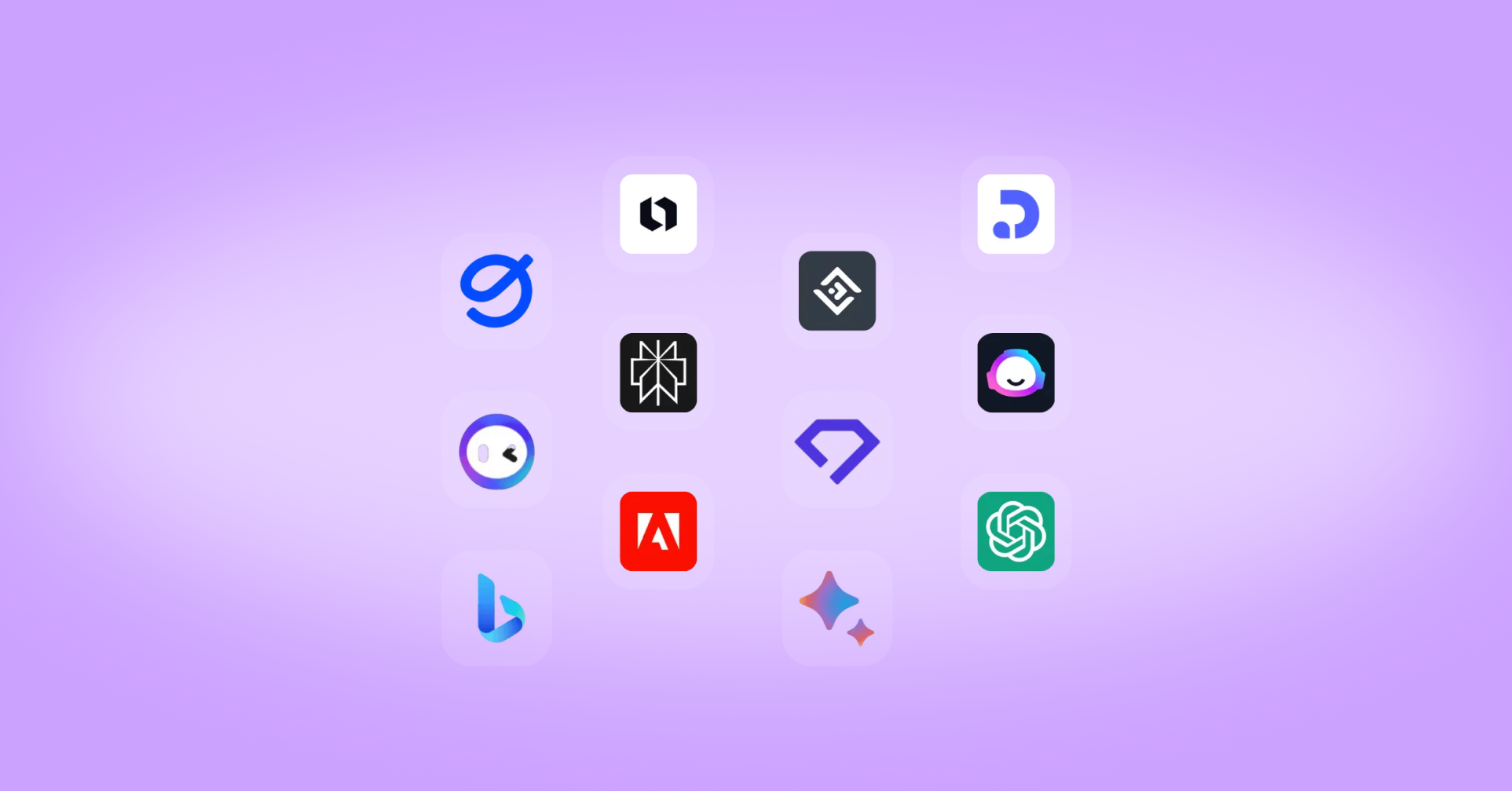
Our initial exploration identified repetitive tasks as a potential gap for AI in the UX workflow. Let's delve deeper to understand the specific frustrations UX designers have with AI and how it might not be meeting their needs. Conduct focused interviews with UX designers.
Ask open-ended questions like:
" What aspects of your current workflow feel most time-consuming or inefficient? "
" Are there any areas where you feel AI could be a valuable tool, but it currently falls short? "
" What limitations do you see with current AI applications in UX design? "
Based on interviews and analysis, the primary gap we identified is a lack of creative co-pilot functionality in current AI applications for UX design. Designers feel AI excels at automating repetitive tasks but falls short in offering creative assistance and collaboration.
Specifically: Another major observation was designer feeling apprehensive to use ai either because they felt threatened by it or because of multiple tools in market and there is a sense of confusion too.
Limited design exploration: AI-generated design variations are perceived as repetitive or unoriginal, hindering exploration of diverse design solutions.
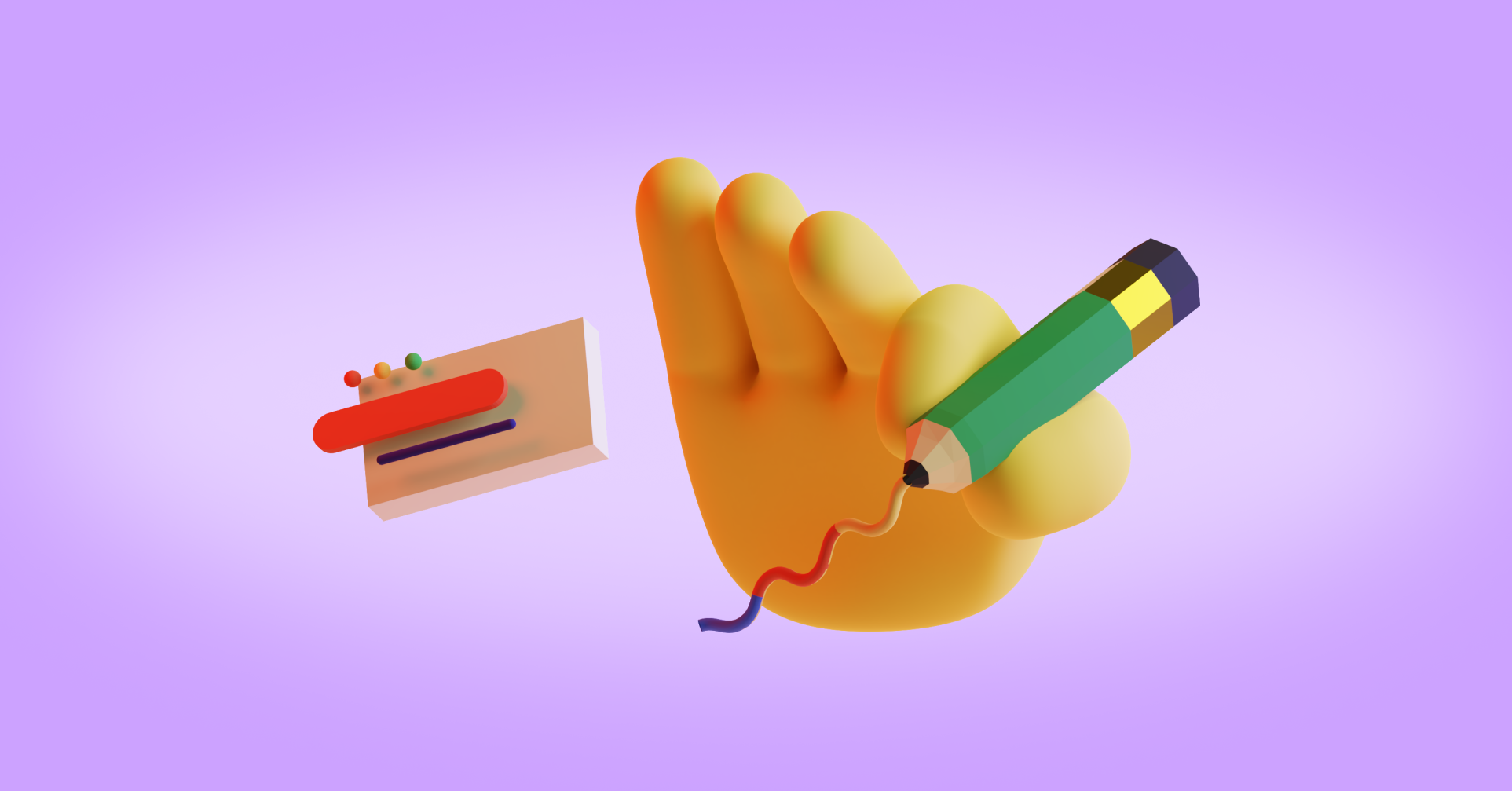
Black box decision-making: The rationale behind AI suggestions is often unclear, making it difficult for designers to understand and integrate recommendations into their workflow.
Focus on efficiency over effectiveness: Current AI tools prioritize automating tasks over supporting the creative process and amplifying human expertise.
The ideation phase focused on exploring AI's potential as a co-designer throughout the UX process. To assess its capabilities and limitations, a mock website project was designed, relying solely on AI tools from conception to the final mockup. This investigation aimed to identify tasks where AI could excel, like analyzing user journeys for hidden friction points and generating UI variations based on brand and user needs. AI-powered A/B testing would then refine these variations through simulated user behavior. Finally, accessibility evaluation tools were integrated to ensure inclusivity. This human-AI collaboration wasn't just about streamlining tasks; it aimed to unlock creative possibilities within AI's constraints, ultimately leading to a well-designed website mockup and a comprehensive understanding of where AI can truly benefit UX design.

To start out with we gave ai tools like chatgpt, gemini and etc. prompt specifying the redesigning of a saas website and it generated the project plans for these we analysed the outputs shared by all the tools and then employed a data-driven approach. User surveys via Typeform and competitor analysis using AI tools (ChatGPT, Gemini) informed the design direction.

Existing content was audited for clarity and structure, while AI-powered tools (UxPilot, Figma Generative AI) helped plan the website's information architecture. Wireframes were generated using prompts crafted in AI writing tools (ChatGPT) and visualized in Wiregen or Uizard.

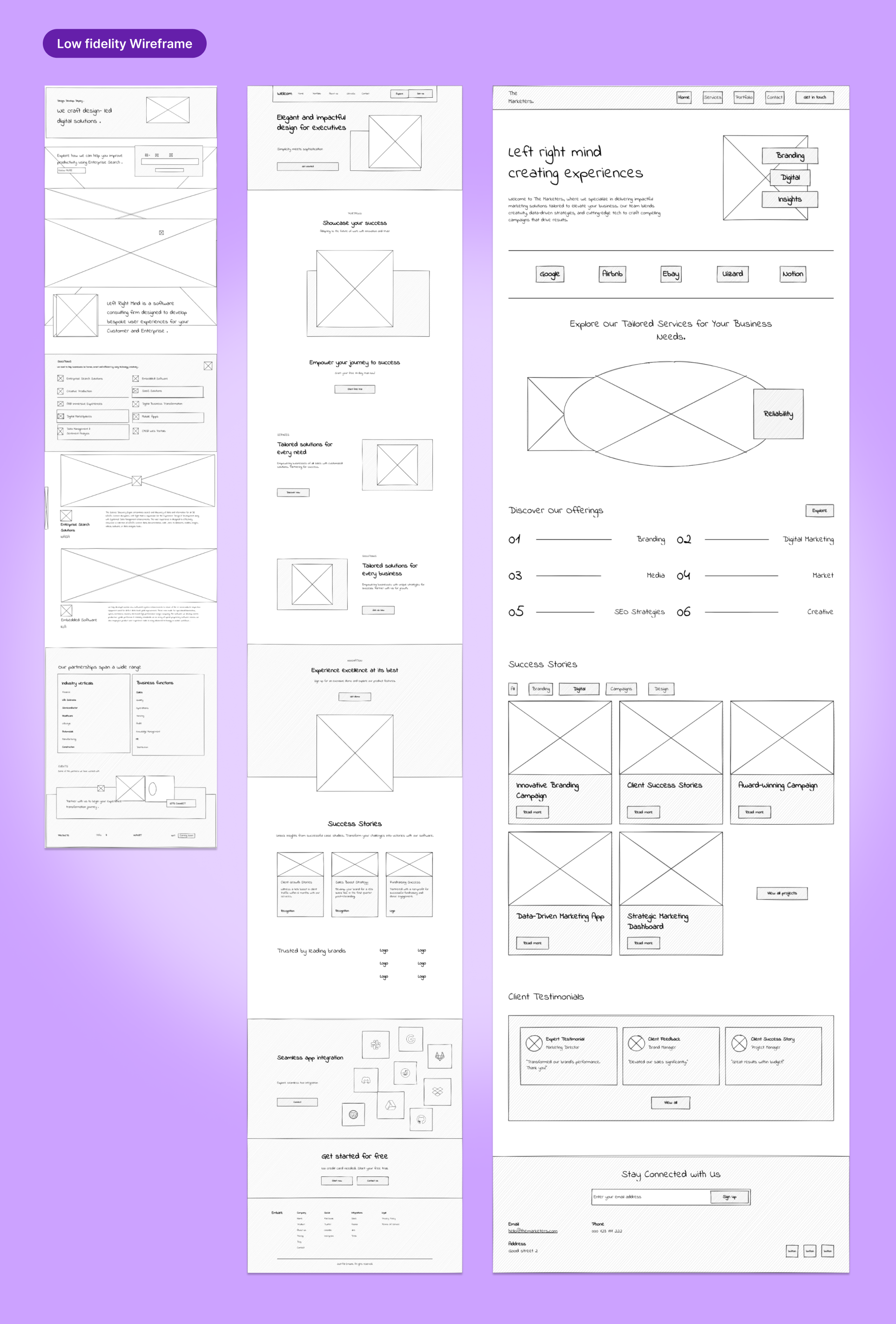
User flows mapped with ChatGPT were transformed into visuals with Whimsical.ai. High-fidelity mockups were created in Uizard or Galileo, and Figma plugins like Mockup Magic brought the visual design to life across various devices. This project demonstrates how AI can streamline workflows and enhance the design process, but it shouldn't overshadow the importance of human expertise in shaping the final product.
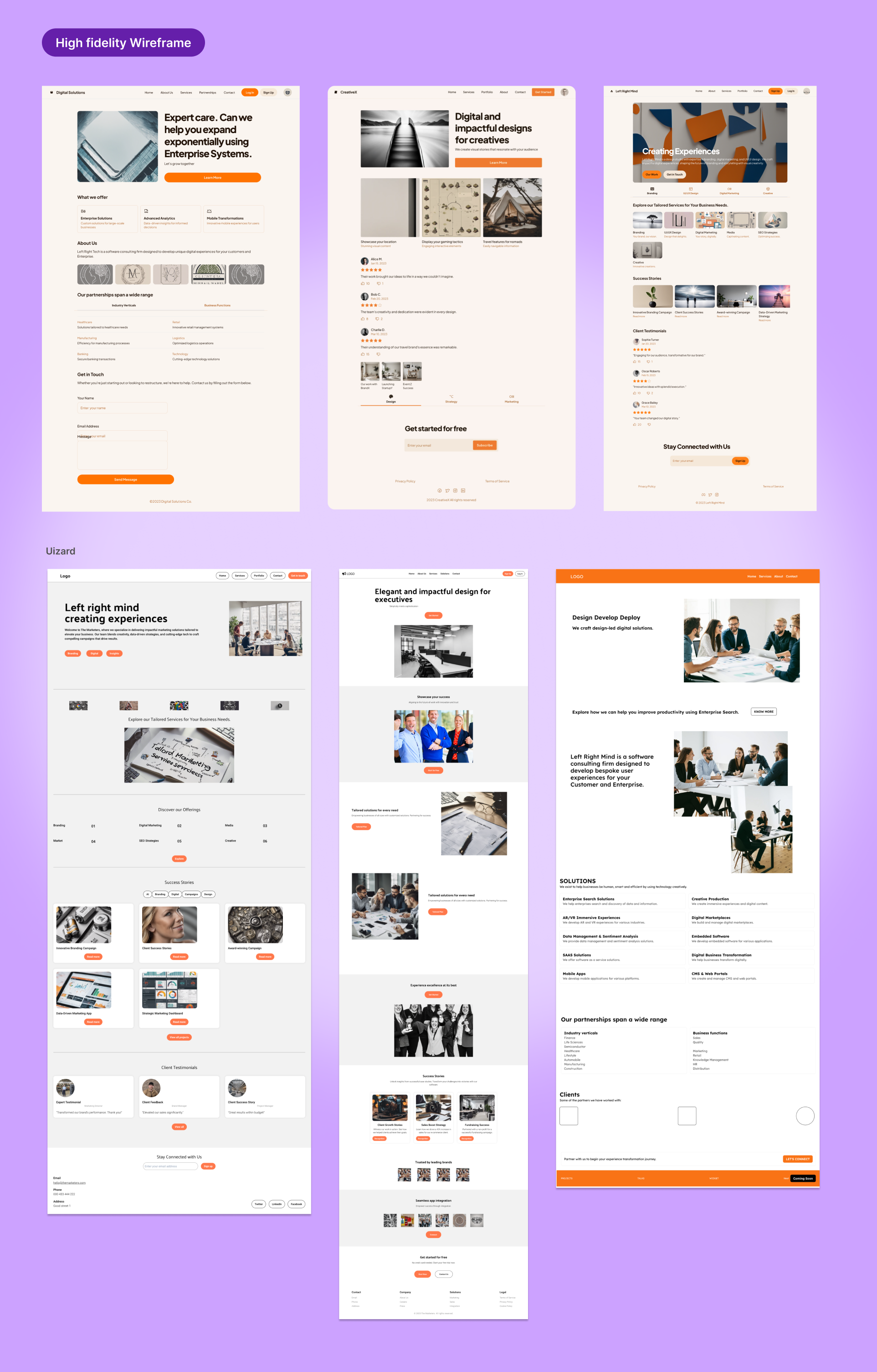
AI is transforming UX design by offering powerful tools for data analysis and personalization. This translates to deeper user insights, custom-made experiences, and ultimately, final designs that demonstrably resonate with users. The design workflow is significantly elevated through AI's capabilities. While limitations like a lack of true creative thinking exist, AI holds significant potential for the future of UX.
Data-Driven Design: AI excels at data analysis, freeing designers to focus on creative exploration and informing data-driven design decisions.
Personalized Experiences: AI personalizes user journeys with dynamic content and micro-interactions, leading to higher engagement and satisfaction.
Streamlined Workflows: AI streamlines design processes by automating repetitive tasks, allowing designers to focus on higher-level strategic thinking.
Exceptional Outcomes: AI contributes to highly successful final design outcomes through data-driven personalization and streamlined workflows.
Creative Gap: Current AI lacks true creative thinking, requiring human ingenuity for conceptualizing innovative solutions and brand identity.
Emotional Intelligence: AI might misinterpret emotions, leading to frustrating user experiences. Designers must be mindful of this limitation.
Data Bias: Designers need to be aware of potential bias in AI-generated insights and actively mitigate it.
Ethical Considerations: Transparency and user control over data usage are essential when employing AI-powered personalization.
